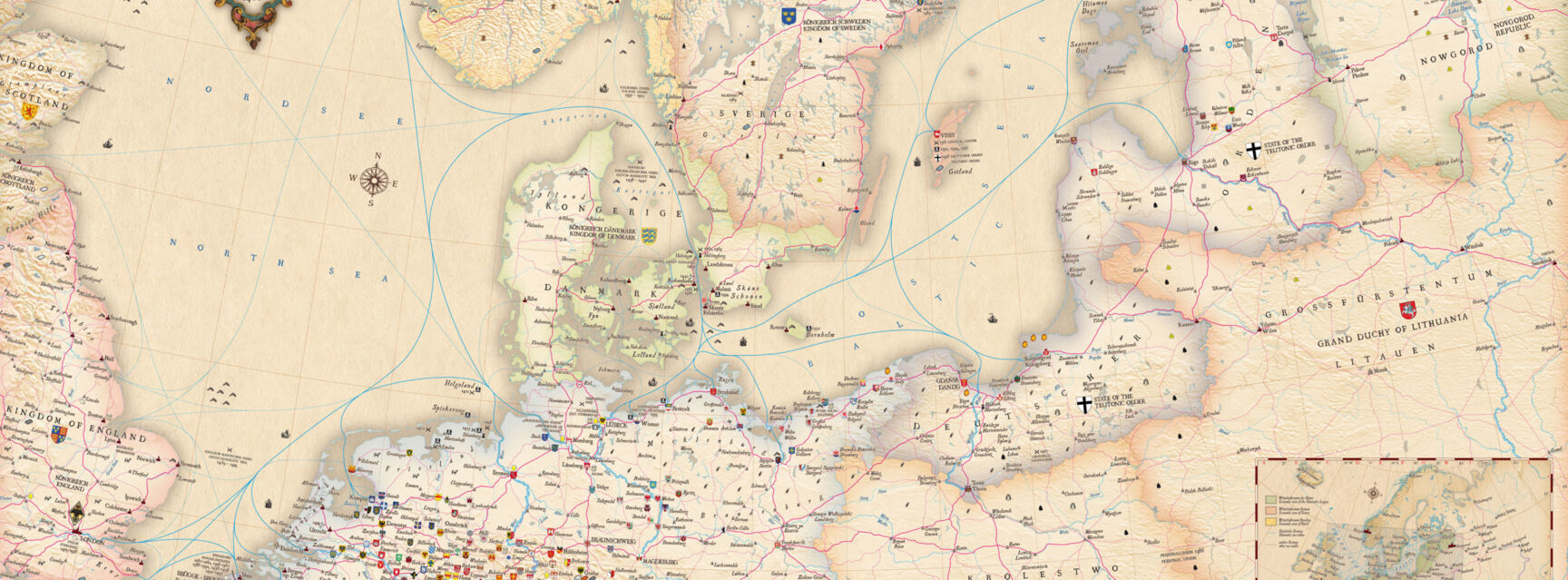Facts & Figures
Founded
Year 952
Location
52.22770 latitude and 11.01047 longitude
Population
25000
What is the city known for?
Helmstedt gained fame in the Early Modern period well beyond its borders with the Academia Julia, opened in 1576 and bestowed its privileges by Duke Julius. Famous professors taught over 15,000 students in the first 60 years. The main and auditorium building, the Juleum Novum, now houses the district and university museum, as well as a library with about 30,000 historical titles from the university period. The Auditorium Maximum of the Juleum is used for concerts and events.
Events
- Altstadtfest
- Gänsemarkt
- Kulturnacht (every 2 years)

